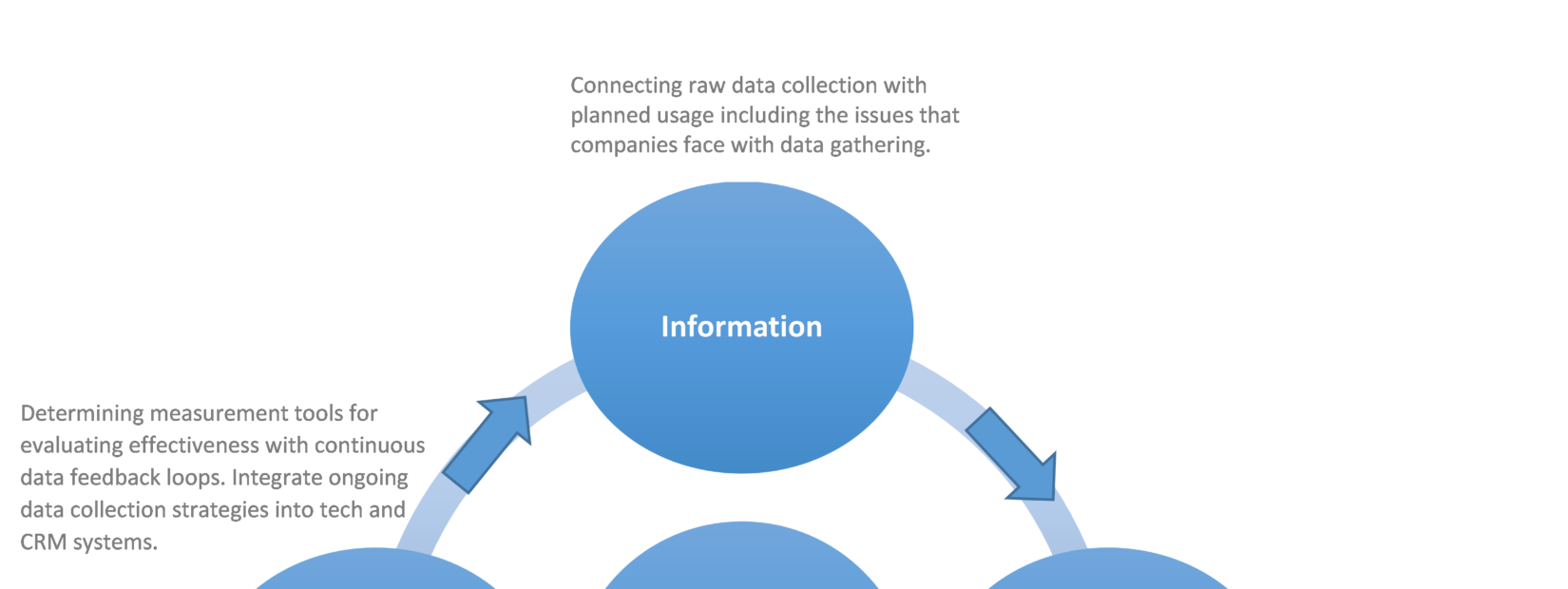
In the Part 1 of this blog we explored the importance of Action Research i.e. the need to implement research rather than just comfort ourselves by basking in the warm glow of its insights.
So how do we get there? We need to address some key questions at the outset.
How does this fit into the big picture? Is the research integrating with other strategies and research being undertaken by the organisation? What synergies across the organisation can we seek (for example between product offer, marketing, communications, branding, advertising, CRM, initiative programs, technology etc.)?
What are we really doing here? – We need a crystal clear view of what we want to achieve and how the research will be used. It is important to establish a realistic scope, as we can’t solve every problem the organisation has ever encountered in any one piece of research.
Are we doing this the right way? – Are we re-inventing the wheel or really building on past learning? We need to leave no stone unturned so that resource capacity meets best practice approach to ensure maximum utility and accuracy.
What are we doing to ensure the research is implemented effectively? – Will there be P&L responsibilities linked to the research outcomes? Is there an integration plan across the organisation’s departments? Is persistent follow up of the research planned as an evolutionary process?

Reverse engineering
If it’s all about implementation, we need to keep our focus firmly on outcome utility. There are many choices to make along the way and no single right answer so implementation strategy must guide our decisions. We need to reverse engineer – making sure the design of the research anticipate these needs and limitations when it hits the ground as actionable intelligence weaving across different functions of the organisation. This is the lens through which we need to assess value.
Collaborative effort
Market research should follow a transparent process to ensure key decisions are made early and with input from the right people. Transformation is rarely effective if imposed by third parties. Stakeholder buy-in is critical to the success of segmentation studies, because unless the intended users of the research understand and credit its results, it will be useless. Developing successful Action Research involves careful preparation, planning, communication and collaboration. By seeing how an organisation will work with expected output, researchers should refine the study design and suggest ways to best leverage the research investment by considering specific initiatives.
Importantly, we need to consider the many stakeholders who stand to benefit from the implementation of a successful strategy. Different aspects of the organisation usually have unique perspectives on what the research can achieve for them – a successful approach will try to address as many needs as possible, without destroying the cohesiveness of the solution.
Systematic follow through
We all know that passion does not distinguish the ‘dreamers’ from the ‘doers’ – it’s more about tiresome, systematic follow through. There are some key enablers of this;
- Internal communication – Understanding, buy in, internalisation, specific action-oriented intelligence.
- Clear responsibility and accountability – Senior P&L responsibility for segments and implementation goals using KPIs
- What gets measured gets done – Building measurement systems and appropriate ‘reactions’ into strategy and day-to-day operations. Tightening the feedback loop and extending predictive capabilities to become more proactive. Experimenting and understanding what works and why.
- Technological implementation – Automate and embed processes efficiently
- Start small then evolve – Quick wins and prioritisation while keeping a big picture holistic strategy of what you are trying to achieve and how you are going to get there.
Measure Determine Respond Repeat

Patting ourselves on the back for feeling insightful is merely a distraction if we are ineffective at implementing the change suggested. Ultimately this all comes down to one truth no one can escape in today’s increasingly competitive customer centric paradigm – implement or die!
